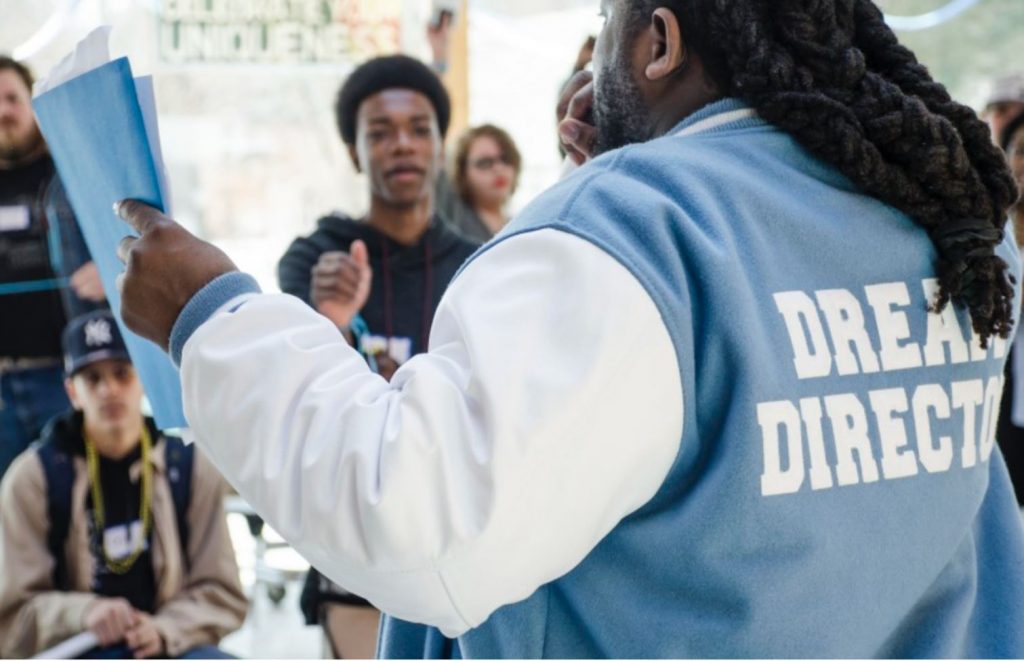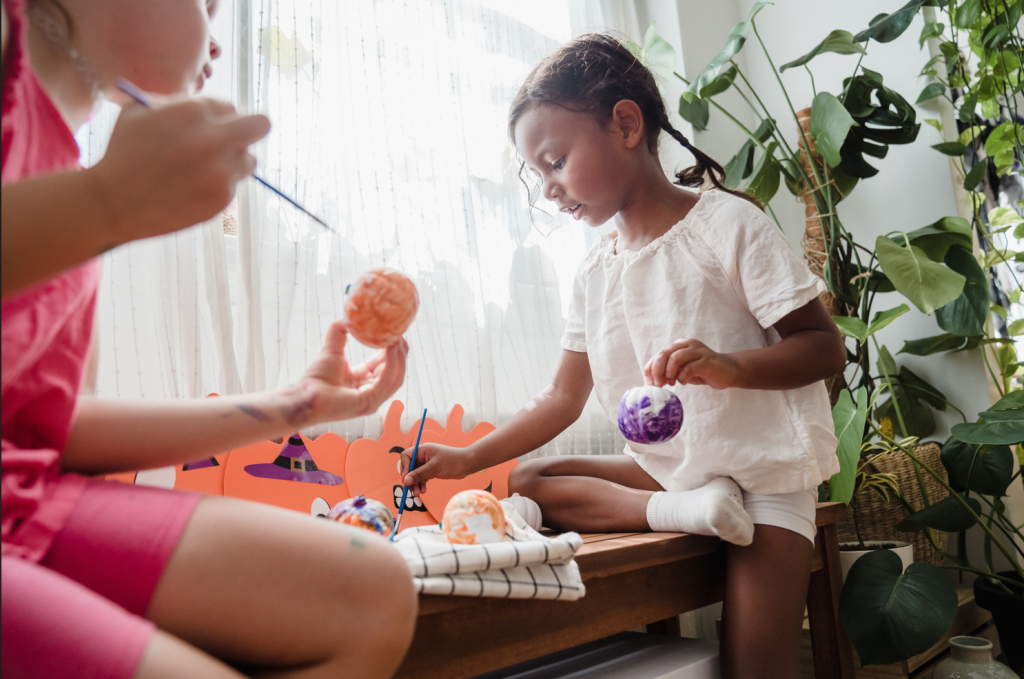Design for Belonging: Innovation with Space, Ritual, and Roles
Blog post by Dr. Susie Wise
Belonging is a fundamental human need. We need to feel we belong in order to play together, to learn, and to work. Designing for belonging is deeply about equity. It is about ensuring that all people, especially those furthest from opportunity, have what they need to thrive. Belonging, without othering, is the goal. Humans, all humans, especially children are adept at reading clues for belonging. We need to know if we are welcome because it lets us know whether we are safe to show up as who we are. And the work of design is to create the places and interactions that allow that sense of belonging to emerge.

Recently I was moved by Bill’s story of deepening his practice of design for belonging. He leads professional learning communities in a rural area of Northern California, in the United States. He decided that when launching a new program he wanted to focus more on belonging. He is a talented learning experience designer and did many things to help his participants belong, but what struck me as gold was the simplicity of his first two moves. Instead of just sending a logistical email to let people know about their upcoming kick off meeting, he sent individual invitations, and then when folks first gathered they formed a circle instead of heading to tables. With those two changes individuals felt welcomed to join the experience, and then when they entered they immediately saw they were able to take their place in the circle and see themselves as part of a community. Not hard or expensive to do, but the attention to the invitation and entering as moments of belonging sent a powerful signal.
If you are digging into design for belonging I think there are three levers of design that are particularly useful to explore. They are space, ritual, and role. Shared below is a story about each one. They are all drawn from organizations that serve young people from sometimes marginalized groups.
Space

The Magical Bridge Playground has spawned a movement to build playgrounds that are more inclusive of children with physical and neurological disabilities. The playground is set up so that wheelchairs and other assistive devices can be a part of play. There are wide ramps and things to interact with at many different levels. There are also surprising elements like a laser harp that plays beautiful music based on a motion sensor. All kids love this place which means that it also offers space for bridging – for children with and without disabilities to play together. Likely we can’t all build playgrounds on this scale, but it serves as a powerful reminder to attend to our physical spaces – to make them not just accessible for all, but truly magical so they become places of positive interaction and belonging.
Ritual

One of my favorite ritual examples comes from the realm of the school playground. Playworks is a national non-profit in the United States that helps schools build cultures of healthy play. They put recess coaches into schools. That in and of itself is a great belonging move as the coach teaches kids games and new ways to play together. As you can imagine, they also deal with conflict resolution. And the simple ritual they put in place is to use the game Roshambo (or Rock, Paper Scissors) to solve issues. Most playground conflicts start from small slights like close calls or cutting in line. If you can solve those challenges with a previously agreed upon ritual, you can eliminate escalating into bigger trouble. Don’t know whose turn it is? Roshambo. Couldn’t tell who crossed the finish line first? Roshambo. It is simple, easy, fun, and gets the job done. And everyone at school can use the ritual as needed.
Role

The Future Project is an organization working in high schools, serving students aged 14-18. Their innovation is to put “dream directors” in school. The dream directors are young adults who want to help younger folks identify their dream jobs, or other roles in the community, and craft the path to get there. They design all kinds of experiences for young people to see a wide range of adult roles and to try them out to see if they are truly interested. They might arrange field trips or job shadows; they might work on entrepreneurship or finances. They are mentors with a strong focus on helping their mentees see their way to their goals and then achieve them. For some young people furthest from opportunity their dream director becomes their primary champion, cheering them on so they can find their place of belonging when they leave school.
Sometimes to build greater belonging we need to innovate. We can do so by expanding our imagination and creating with a broader range of design levers. Space, ritual, and role, are three powerful levers to design for belonging that are often overlooked. The opportunities to build with them will look different depending on where and how you work with young people. Taking them up to consciously design for more belonging and less othering will put you on a strong path to support your community.
Dr. Susie Wise is the author of “Design for Belonging: How to Build Inclusion and Collaboration in Your Communities” (2022). You can explore other resources at www.designforbelonging.com.
































